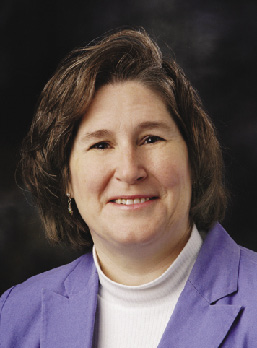Over the years, LADA has had the opportunity to design new landscapes that were specifically targeted to serve disabled and wheelchair bound individuals. These projects are described as "landscapes" because they were significantly more than play areas. They were designed, graded, and built to create an area where a variety of activities - unstructured play, sports, and other outside activities - could occur. People with varying levels of ability could participate without being isolated by ability. These landscapes created usable places that most visitors did not recognize as having been designed for a specific ability group. These landscapes provided accessible areas for unstructured plan and structured play for small court sports, but they always stopped short of providing field sports.
Why? When designing landscapes for play, it seems that they breakdown into three categories - play structures, ball fields, and unstructured play of all types. The playground industry has made great strides in researching and developing play structures to suit a variety of abilities. But usually, due to the cost, these structures tend to be destinations and isolated moments of free movement. Even in recreation areas, the attention to providing usable, accessible play space is usually limited to play structures. The same attention has not been given to providing accessible fields.
The requirement to provide facilities for all levels of abilities was originally addressed in the Vocational Rehabilitation Act of 1963. From 1963 to 1975, there were a series of Federal Acts which first identified that there was a need to address the physical and emotional health and condition affecting individuals of all abilities, and which finally identified recreation as an essential quality of life issue (like education, housing, etc.), where effort must be made to provide facilities and access to these facilities for people of all abilities.
Recreation was one of the last activities identified by these laws as requiring special facilities in order to accommodate people of all abilities. Why? Because the legislation focused on the biggest obstacles first - education and housing. It then continued to expand to all aspects of life. As noted in the 1989 IPA Declaration of the Child's Right to Play:
"Play is communication and expression, combining thought and action; it gives satisfaction, and a feeling of achievement . . . Play is a means of learning to live, not a mere passing of time."
As design professionals (and former children), we are taught that the play environment is a design opportunity like no other because, as Robin Moore writes in Childhood Domains, Play and Place in Child Development:
"Play lies at the heart of childhood, limited in its boundaries only by the opportunities afforded by physical settings and by attitudes and commitment of those whose business it is to manage them."
It seems that the play structure area is well addressed but sports fields are falling behind. Typically, sports programs for differing abilities are addressed by providing a "modified" number of strikes or shortening the baseline. But no real effort appears to have been paid to the ballfields themselves. Maybe there are still schools of thought that varying abilities prevents one from playing sports. Perhaps in extreme uses this is true.
But what about the rest of us? At some point in our lives, we all became "less able." A difficult pregnancy, a broken leg, a messed up knee, and back problems all result in a lack of mobility. Yet, we don't want to be stuck inside. A safe, comfortable walking surface would do wonders for our rehabilitation and then, hopefully, lifelong fitness goals. It would be nice to know that you could throw a ball around, or walk around a track, or kick a ball without worrying about your footing or the potential pain of a fall.
As designers, we have an opportunity to expand the idea of accessibility beyond the handicap ramp and into the overall physical realm. This is generally happening inside buildings and at sites where large groups of the public have access. New materials, and, hopefully, reduced costs may help to extend this new resolve into sports field design and construction to the benefit of us all.
The solutions will require a rethinking of the accepted standards (size of fields, connections, etc.), as well as an expansion of expectations (not everywhere is flat). It does seem to be a bit of a conundrum but, hopefully, we can turn our attention to the possibilities and find a solution that continues to improve the quality of all of our lives.
Terri-Ann Hahn, ASLA, CPESC, CPSWQ is a principal at LADA, PC, Simsbury, Conn.
Tags:









